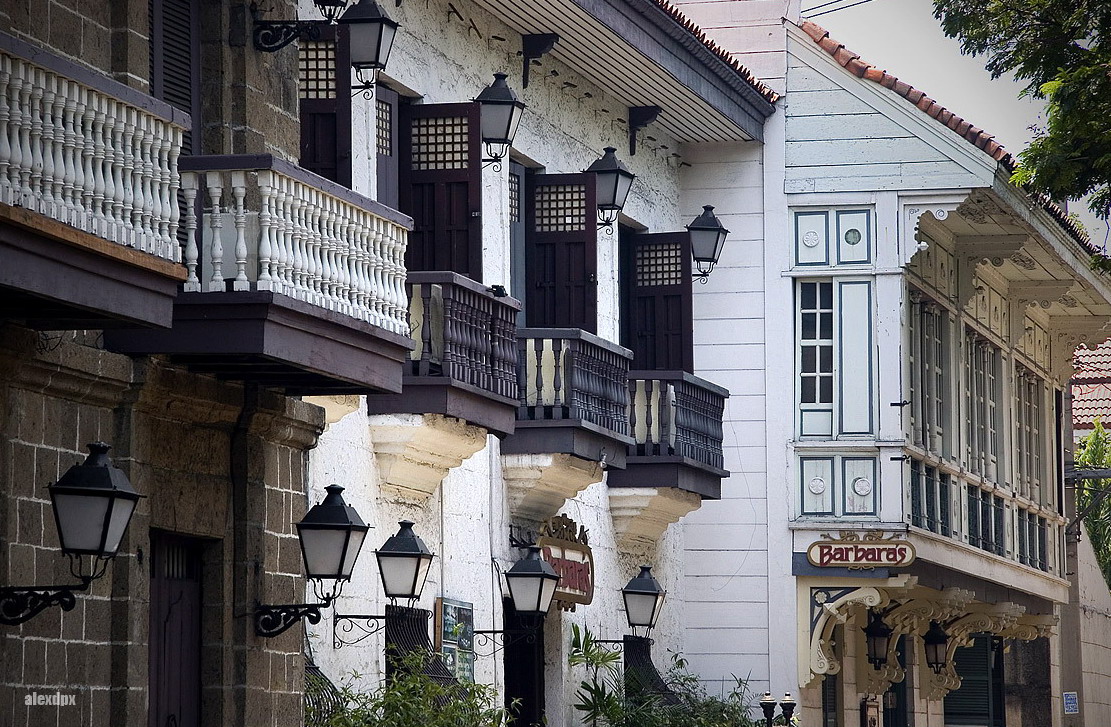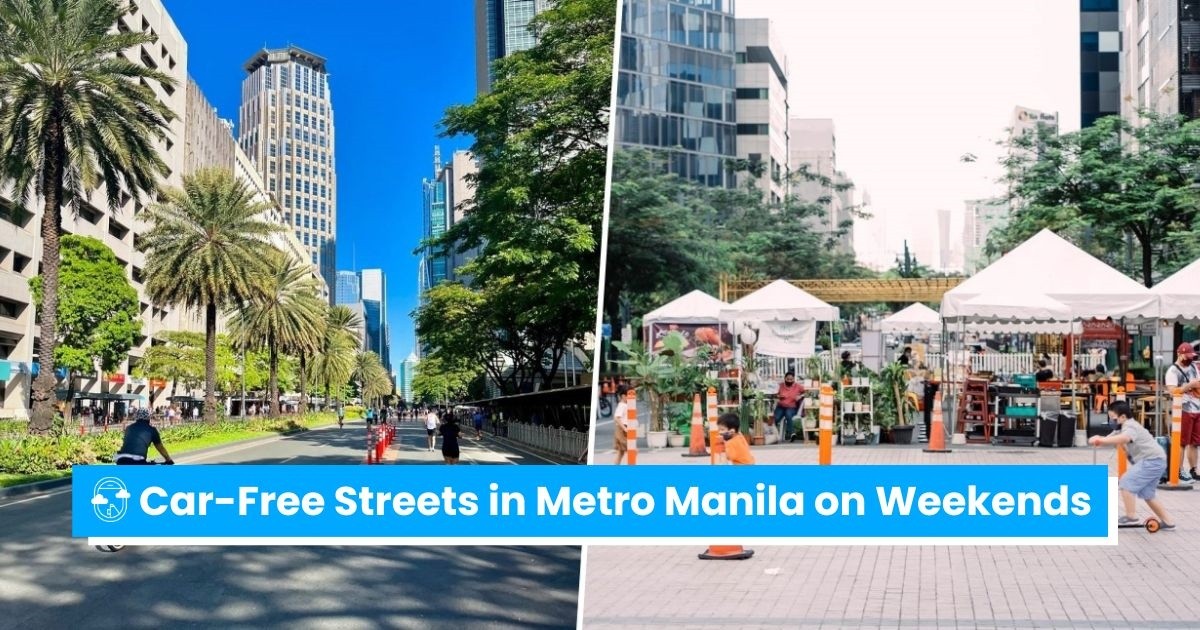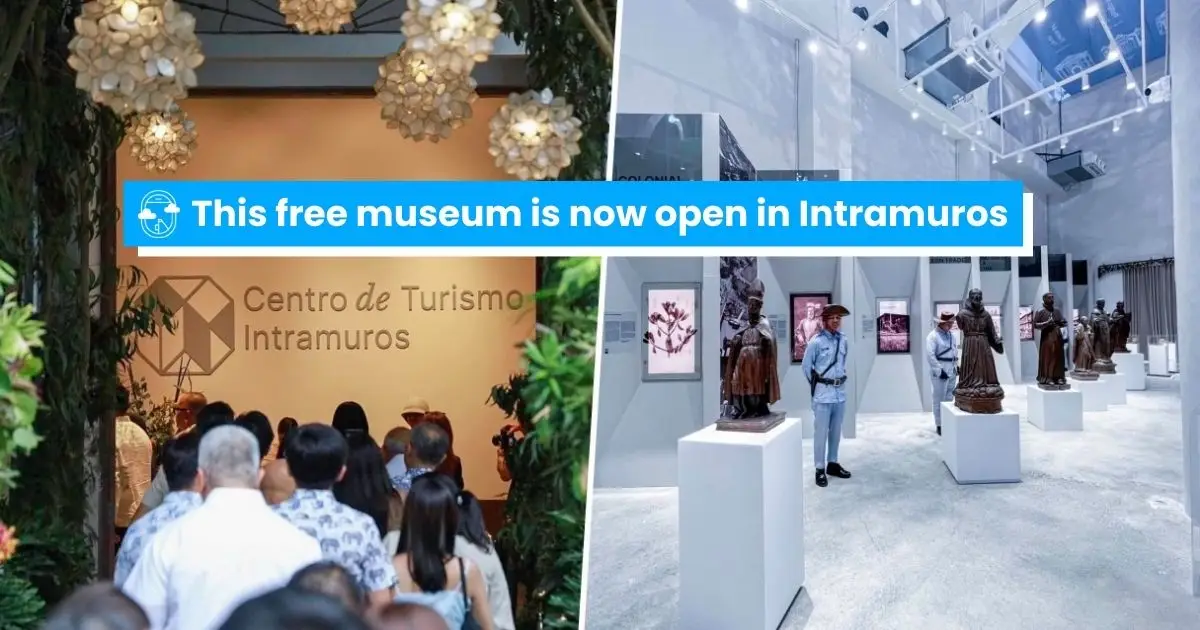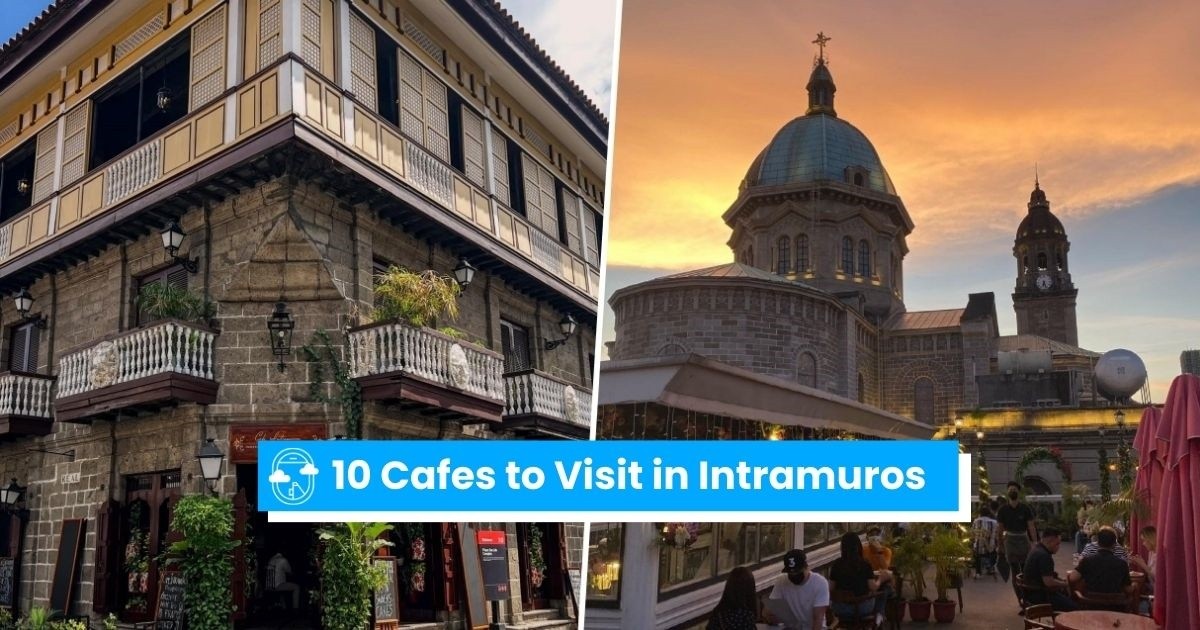8 Museums Inside the Walled City of Intramuros You Should Visit
You can’t only explore Intramuros today, you can explore its past, too.
by 8List | July 18, 2016
Yes, we all know about the Walled City of Manila. Intramuros is home to the famous Manila Cathedral, the historical Fort Santiago and the panoramic Baluerte de San Diego, among other tourist destinations.
Inside its walls, tourists can ride a kalesa (horse-drawn carriage) and fall in love with its old world charm. Walk down the romantic, cobble-stoned pathways and pay a visit to the 400-century old San Agustin Church. Or perhaps, search for courtyards and become an Ilustrado.
Within its many streets lie several hidden treasures—museums that preserve and promote Filipino heritage and history. Visit these 8 museums inside the walled city to have a glimpse of the past.

744 General Luna (Calle Real del Palacio), Intramuros
527-2111 | silahiscenter@silahis.com
Entrance Fee: Free (items inside the museum-souvenir shop can be bought; prices upon request)
Located in a two-storey bahay na bato, Silahis Center is more than just a shop selling Filipino local handicrafts. With its museum-like ambiance, the center is dedicated to creating a deeper understanding and awareness on the diverse and rich heritage of the Philippines. Inside,tourists can see traditional artifacts and cultural crafts that complement the contemporary crafts and accessories.
The center has four different sections: the Silahis Arts and Artifacts which showcases cultural artifacts, fine crafts and folk art; the Chang Rong Antique Gallery which displays oriental ceramics, maps, textile and primitive art; the Tradewind Books which features old and new cultural publications from the Philippines and the Asia Pacific; and, the Galeria de las Islas which exhibits fine arts, prints and sculptures. The fusion of the old and new expresses the eclectic Philippine life.

Aurora Garden (formerly Ravellin de Recoletos), Victoria St., Intramuros, Manila
Entrance Fee: Free
Don’t know what a molave or sampaloc tree look like? Get to know them and other Philippine fauna at the Bonsai Library and Museum.
The museum is home to local endangered plant species like is-is, molave, camachile, kalyos, balite, tinta-tinta, sampaloc, yang-ya, bantulinao, kamuning, limosito, malabayabas, bignay, kulasi, bantigue, and mulawin-pusa, among others. They are displayed along with imported bonsai trees such as Chinese elm, crab apple, suimae, ficus nerepholla, pyracanta, blue bell, Singapore’s sinamono, serissa phoetida, and yellow doggie.

Santa Lucia cor. Victoria, Intramuros
524-2827
Journey back to the time when the Philippines was still under the Spanish rule through the Light and Sound Museum. The museum uses digital images, sounds and animatronics to give a short historical lesson. The historical performance is situated in a building whose façade is reminiscent of the Beaterio de la Compañía de Jesús which stood on the site until its destruction during the Second World War.
Make sure to go here in a big group because it is much cheaper. Smaller groups may be charged a little more.

121 Arzobispo Street, Intramuros, Manila
492161/6 ext. 222
Established by Jaime Cardinal Sin in 1987, the Archdiocesan Museum of Manila is a private museum which revolves around the history of the Catholic Church in the Philippines. The organization behind it believes that the history of Catholicism is connected to the history of the country, and its artistic and historic collection is rich in historical and cultural heritage of the Filipinos.
The museum contains an exhibit of ecclesiastical art and regalia that explain the history of the archdiocese as well as different antique and liturgical items.

Kaisa Heritage Center, 32 Anda corner Cabildo Streets, Intramuros, Manila
527-6083 | info@bahaytsinoy.org
Dedicated to the largest immigrant group in the Philippines, the Chinese, the Bahay Tsinoy recreates the Parian (now known as Chinatown in Binondo). The museum has wax figures that depict the struggles of overseas Chinese workers, which resembles the life of the overseas Filipino workers. In the museum, guests will learns how the Chinese people built a marketplace in Binondo and blended among the Filipinos through intermarriage over the past centuries.










Pingback: Must-See, Man-Made Attractions of the Philippines
January 30, 2018 at 2:59 pm
Pingback: Revisiting the Past: Exploring Fort Santiago’s Dungeons
February 5, 2020 at 9:59 am
Pingback: The Most Beautiful Starbucks Branches Around Metro Manila
February 12, 2020 at 11:00 am
Pingback: Feel Like You’ve Traveled to Europe at this Roof Deck Café in Intramuros
August 19, 2020 at 11:00 am